What the Department of Education Has Done to Help Borrowers: Updates from September, 2022
With approximately 48 million Americans having student loan debt, it is a topic of frequent discussion and is an ever-evolving issue.
Massive rejection rates (98%) of Public Service Loan Forgiveness (PSLF) applicants. The COVID-19 pandemic and the question of how borrowers will be able to make their loan payments. The frequent discussion on total loan forgiveness. To battle these problems, the Department of Education has taken various actions. Below you will find a history of actions taken by the Department of Education from newest to oldest, as well as key dates to be aware of.
Important Dates:
-
- October 31, 2022 – Last day of the Temporary Limited Waiver’s relaxation of PSLF requirements
- November 15, 2022 – Department of Education’s recommended date to apply for forgiveness up to $20,000 (Pell Grant recipients) or up to $10,000 (non-Pell Grant recipients) to ensure enough for the debt relief to be processed before the CARES Act ends
- Dec 31, 2022– Final day of the CARES Act
-
- January 1, 2023 – Interest will resume building on student loans. Due to the Fresh Start program, penalties for defaulted loans, such as wage garnishment and tax offset will remain paused. Expected deadline for FFEL borrowers to consolidate their loans to receive qualifying payments from the one-time revision of IDR payment inaccuracies.
- December 31, 2023 – Final date to apply for forgiveness up to $20,000 (Pell Grant recipients) or up to $10,000 (non-Pell Grant recipients)
- January 1, 2024 – Penalties for defaulted loans are expected to resume. This includes:
-
- Wage garnishment
- Withholding of tax refunds (and child tax credits)
- Withholding of Social Security payments and disability benefits
- Receiving collection calls
August 2022: Cares Extension, Targeted Relief, IDR Revisions, and Default
On August 24, 2022, a three-part plan was announced to help federal student loan borrowers transition back to repayment as pandemic-related support ends:
The CARES Act forbearance has been extended until December 31, 2022. This extension will continue the pause on student loan payments and interest and waive wage garnishment and tax offset penalties for those in default.
Pell Grant recipients may receive debt cancellation up to $20,000; up to $10,000 for non-Pell Grant recipients. To be eligible for this relief, a borrower must:
- Have an income less than $125,000 a year (for individuals or married, filing separately) or $250,000 (for married, filing jointly or head of households)
- Have an appropriate loan type:
- William D. Ford Federal Direct Loan (Direct Loan) Program loans
- Subsidized Direct loans
- Unsubsidized Direct loans
- Parent PLUS loans
- Graduate PLUS loans
- Consolidation loans, as long as all the underlying loans that were consolidated were first dispersed on or before June 30, 2022
- Federal Family Education Loan (FFEL) Program loans held by the Department of Education or in default at a guaranty agency
- Federal Perkins Loan Program loans held by the Department of Education
- Defaulted loans (includes Department of Education held or commercially serviced Subsidized Staffard, Unsubsidized Staffard, Parent PLUS, Graduate PLUS, and Perkins Loans held by the Department of Education)
- William D. Ford Federal Direct Loan (Direct Loan) Program loans
The Department of Education needs to have a borrower’s income on file to receive this relief. For those who do not have their income information on file with the Department of Education, an application will be launched in early October to do so. It is recommended that the application be completed before November 15, 2022, to receive forgiveness before the end of the CARES Act. However, the deadline for the application is December 31, 2023.
Keep in mind that:
- You will not receive any surplus of the forgiveness amount. For example, if eligible for the $10,000 relief, a borrower with a loan balance of $8,000 will not receive the remaining $2,000, only enough to cover the loan balance
- This relief does not mean every borrower’s loan will be forgiven. While this forgiveness is expected to be enough to eliminate the debt of 20 million borrowers, most borrowers will still have a remaining loan balance. Be vigilant on your loan balance to make sure you do not fall into default.
The Biden-Harris Administration is proposing a rule to create a new income-driven repayment plan that will substantially reduce future monthly payments for lower- and middle-income borrowers.
Despite income-based repayment plans have long existed within the U.S. Department of Education, this new rule would:
- Require borrowers to pay no more than 5% of their discretionary income monthly on undergraduate loans. This is down from the 10% available under the most recent income-driven repayment plan.
- Raise the amount of income considered non-discretionary income and therefore protected from repayment, guaranteeing that no borrower earning about the annual equivalent of a $15 minimum wage for a single borrower will have to make a monthly payment.
- Forgive loan balances after ten years of payments, instead of 20 years for IDRF, for borrowers with loan balances of $12,000 or less.
- Cover the borrower’s unpaid monthly interest so that, unlike other existing IDR plans, no borrower’s loan balance will grow as long as they make their monthly payments—even when that monthly payment is $0 because their income is low!
For borrowers in default, the “Fresh Start” initiative will continue through one year after the CARES Act ends. If loans are eligible, borrowers will get the opportunity to get out of default and temporarily regain several student-aid and credit reporting benefits. They will also keep those benefits for the long term. The Department of Education will contact borrowers in the coming months with information about what they need to do.
April 2022: Program Account Adjustment
On April 19, 2022, the Department of Education announced several changes that will help borrowers pursuing PSLF or Income-Driven Repayment Forgiveness, a program similar to PSLF that does not have restrictions on your employer but requires 240 qualifying payments rather than 120.
This adjustment will provide a one-time revision of income-driven repayment counters to address past inaccuracies. This revision will result in many borrowers having more qualifying payments and automatically discharging the loans of many who may already qualify with no tax liability.
Qualifying payments will now include:
- Revision of IDR qualifying payments for both Direct Loans and Federal Family Education Loans (FFEL).
- Any months in which you had time in a repayment status, regardless of the payments made, loan type, or repayment plan
- 12 or more months of consecutive forbearance or 36 or more months of cumulative forbearance
- Months spent in deferment (with the exception of in-school deferment) before 2013
- Any time in repayment before consolidation on consolidated loans
However, it is essential to note that if you hold commercially-held Federal Family Education Loans (FFEL), you can only benefit from the adjustments if you consolidate before the account adjustment, estimated to be no sooner than January 1, 2023.
This revision is estimated to result in automatic debt cancellation for at least 40,000 borrowers under PSLF and several thousand borrowers for IDRF. They expect more than 3.6 million borrowers to receive at least three additional years of credit for these programs.
The Department of Education plans to reform the IDR tracking procedures alongside the count revision. However, borrowers will not see the effect of this revision until the fall of 2022.
October 2021: The PSLF Waiver
On October 6, 2021, the Department of Education introduced a temporarily limited waiver aimed to provide over 500,000 previously ineligible borrowers with an avenue to apply for PSLF. Planned to expire on October 31, 2022, this waiver allows previously ineligible payments to be counted towards the necessary 120 payments, as long as the borrower was working for an eligible employer at the time. Incorrect loan types or being on the wrong repayment plan are no longer reasons to be rejected if proper action is taken before the waiver expires.
March 2020: The CARES Act
The first course of action came during the midst of the COVID-19 pandemic. The uncertainty of how businesses would handle stay-at-home orders left many wondering how they would be able to pay the bills, let alone their student loans. The CARES Act covered 95% of borrowers, putting a pause on student loan payments and interest. Those in default were waived from wage garnishment and tax refund reduction penalties. During this period, despite no payments being necessary, those who were currently on track to receive qualifying PSLF payments received credit each month towards the necessary 120.
While originally intended to be lifted on September 30, 2020, the CARES Act’s effect on student loans has been extended through August 31, 2022. To stay up to date on the latest student loan news, be sure to regularly visit our blog and schedule your complimentary consultation with a state-licensed counselor.



